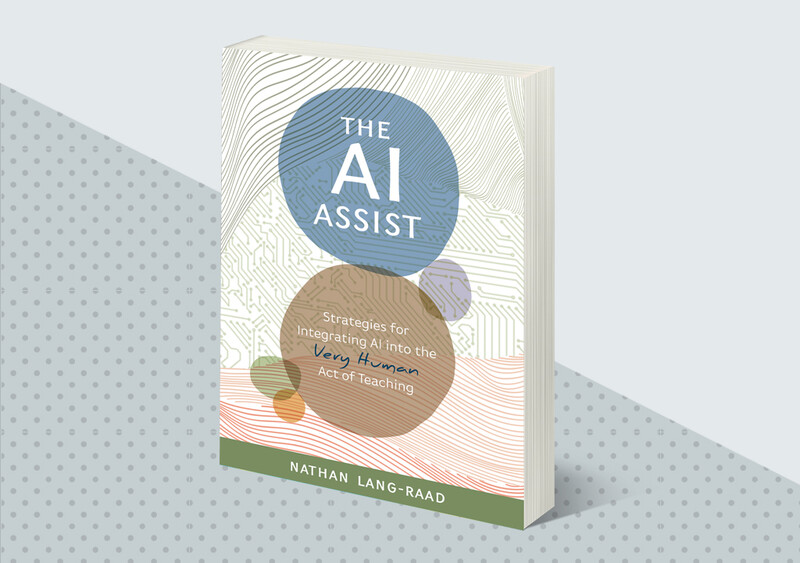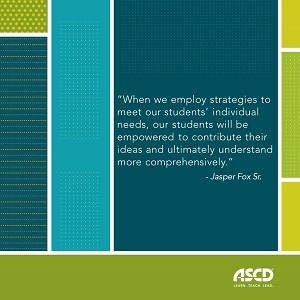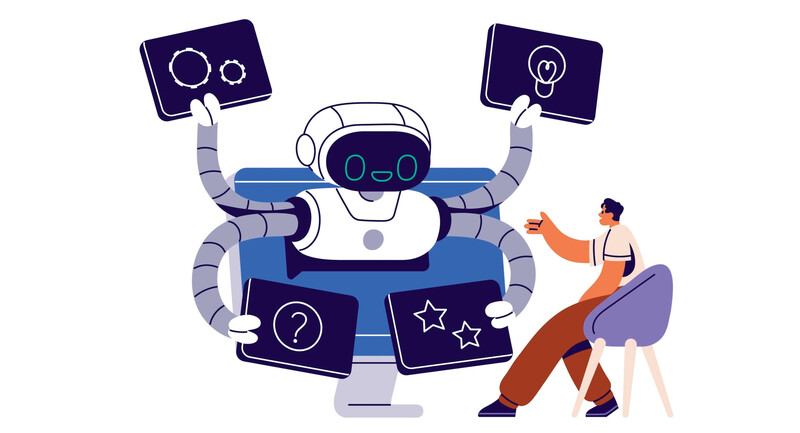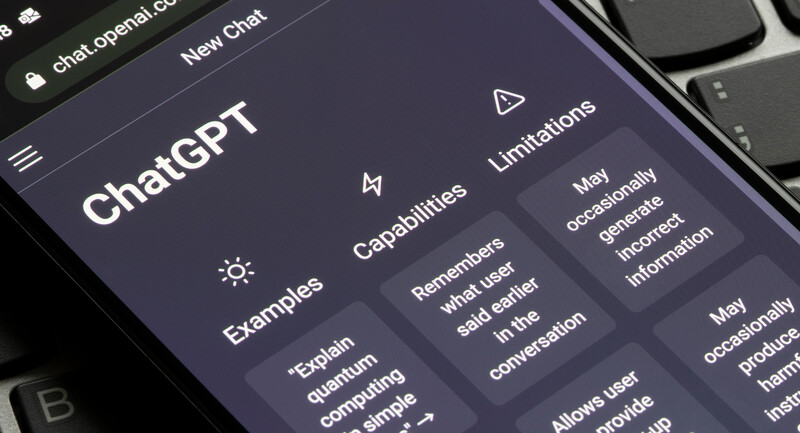As an educator focused on the intersection of technology and learning, I've spent considerable time exploring how artificial intelligence can enhance education. Initially, like many others, I was captivated by the promise of AI-driven personalized learning. The idea of tailored instruction for every student seemed like the future of education, offering a solution to the age-old problem of catering to diverse learning needs within a single classroom. However, recent experiences and conversations with fellow educators have compelled me to reassess this optimism.
While the potential of AI in education is undeniable, our experiences highlight the need for a more grounded, realistic approach that keeps the human elements of education at the forefront. A walk into a typical classroom today reveals that despite the proliferation of AI tools and platforms, the day-to-day reality in schools remains largely unchanged. This disparity between aspirational goals and tangible outcomes has taught us valuable lessons about effectively integrating AI into education.
1. Temper Expectations
We must be realistic about what AI can currently achieve in education. While AI shows promise in areas like automated grading and content delivery, it's not a magic solution to all educational challenges. For instance, early promises of AI-powered personal tutors for every student have given way to more modest goals. Today, the focus is often on how AI can assist teachers in specific tasks, such as grading, data analysis, or content delivery.
Teachers I've spoken with appreciate AI as a tool for managing administrative tasks, reflecting a maturing understanding that technology works best when it amplifies, rather than attempts to replicate, human teaching.
2. Focus on Augmentation, Not Disruption
AI should be seen as a tool that can augment and enhance existing practices rather than replacing them. Teachers bring irreplaceable human insights, empathy, and adaptability to the classroom.
AI should be seen as a tool that can augment and enhance existing practices rather than replacing them.
In conversations with teachers, a recurring theme is the need for AI tools that respect the complexity of the classroom environment. Effective integration of AI requires a deep understanding of these dynamics. Instead of trying to revolutionize everything overnight, AI should support educators in making learning more engaging, personalized, and effective, not complicate or disrupt the teaching process.
3. Engage with the Educational Ecosystem
AI tools don't automatically understand your school's unique context, student needs, or established teaching practices.
Instead of viewing AI as a transformative force that will override existing systems, think of it as a tool that must be carefully woven into your school's fabric. Your school has developed effective practices over years of experience—successful intervention programs, proven instructional approaches, and established professional development systems. These aren't obstacles to work around; they're foundations to build upon.
The most successful AI implementations come from educators who understand both AI's capabilities and their school's ecosystem. They know that while AI excels at tasks like generating practice problems or providing writing prompts, it's their school's existing structures—professional learning communities, mentoring systems, curriculum frameworks—that determine how effectively these tools will serve students.
Start by mapping your school's ecosystem: How do teachers collaborate to meet students’ needs? What professional development structures exist? How do you currently evaluate and adopt new teaching tools? Understanding these elements helps you identify where AI can genuinely enhance rather than disrupt your school's successful practices.
The goal isn't to transform everything overnight—it's to thoughtfully integrate AI in ways that support your school's established practices while addressing real classroom needs.
4. Prioritize Pedagogical Soundness
Before diving into the complexities of integrating AI into education, it's essential to ground our efforts in the core goals of education itself. At its heart, education is about fostering the intellectual and personal growth of students, equipping them with the knowledge, skills, and critical thinking abilities needed to thrive in a complex world. Any technological intervention, including AI, should align with these fundamental goals.
By keeping these goals at the forefront, we can ensure that technology serves as a means to an end, rather than an end in itself. This perspective helps us avoid the pitfalls of becoming enamored with technology for its own sake and instead focus on how it can meaningfully contribute to the broader mission of education.
5. Address Equity Concerns
As a school leader, you may be noticing an emerging pattern: some of your teachers are becoming confident AI users, quietly enhancing their instruction and student support, while others remain hesitant or disconnected from these tools entirely. This creates an unintended "AI advantage" in your school—where some students benefit from AI-enhanced instruction while others miss out. The equity challenge isn't just about providing equal access to AI tools; it's about creating an environment where all teachers feel empowered to thoughtfully experiment with AI for the benefit of every student.
Equity is about creating an environment where all teachers feel empowered to thoughtfully experiment with AI for the benefit of every student.
The solution starts with clear, supportive guidelines rather than vague warnings about AI misuse. Consider implementing “permissive boundaries”—specific policies that encourage thoughtful experimentation while maintaining appropriate guardrails. This helps ensure that all your teachers, not just the tech-confident ones, feel safe exploring AI's potential. Build opportunities for your educators to openly share their AI successes through informal lunch-and-learns or dedicated professional development time where they can showcase how they're using AI to support diverse learner needs.
A More Grounded Path Forward
The journey of AI in education is not about discovering a technological "cheat code" that will miraculously solve all educational challenges. Rather, it's about the patient, thoughtful integration of new tools into the fabric of existing educational practices. At this stage, AI's presence in the classroom is still relatively modest, and its impact has been more incremental than transformative. However, this doesn't diminish its potential.
Success in integrating AI requires a deep understanding of educators' needs and the complexities of the learning environment. School leaders play a crucial role in bringing together teachers, administrators, and other stakeholders to evaluate and implement AI tools that address real educational challenges. This collaborative effort ensures that adopted technologies are not only innovative but also pedagogically sound and practical for everyday use in the classroom.
Ultimately, the future of AI in education is about fostering a partnership between technology and educators. The most impactful changes in education often come not from sweeping transformations but from thoughtful, incremental improvements that build on the strengths of what already exists.
The AI Assist
A groundbreaking guide for integrating AI into the very human act of teaching.









